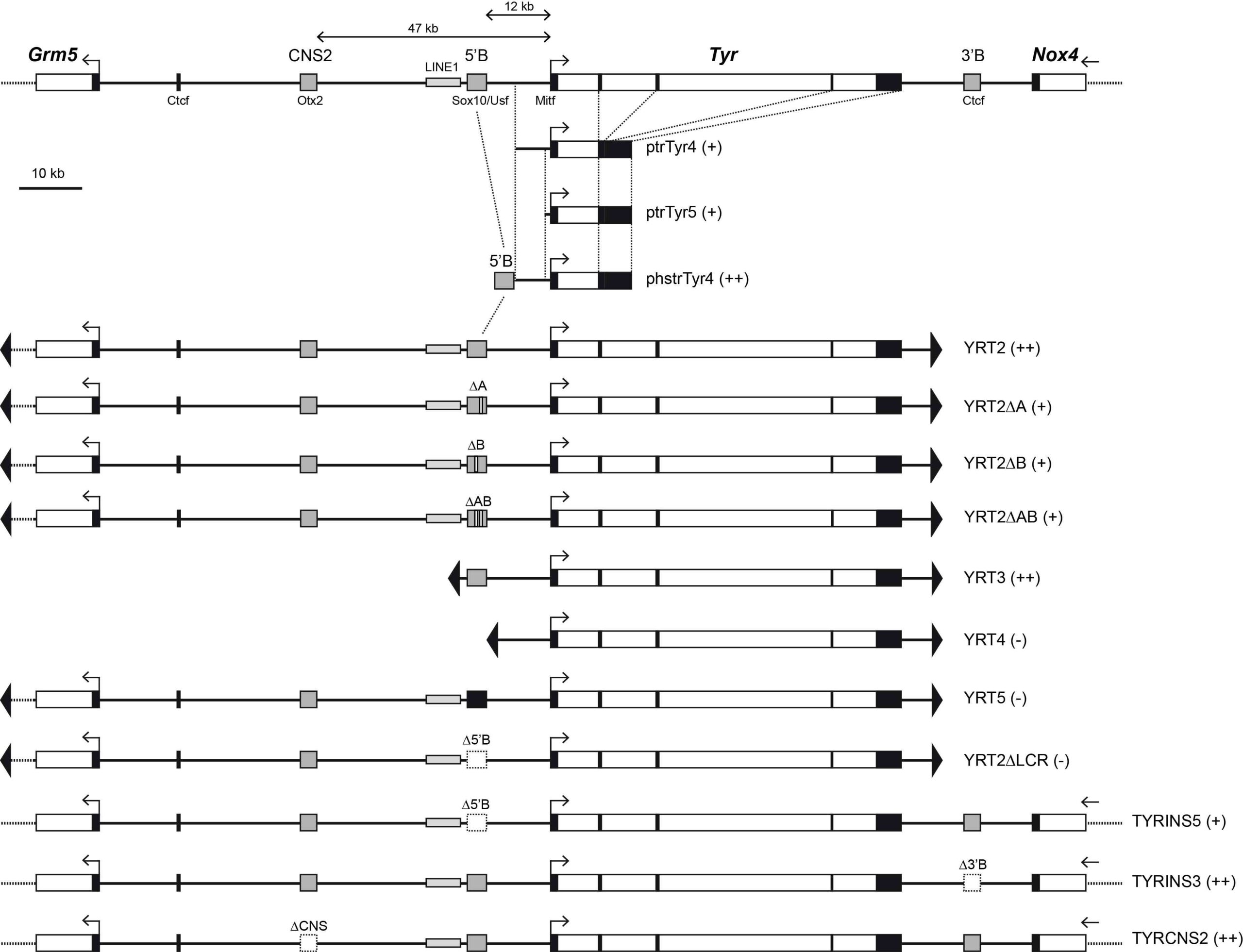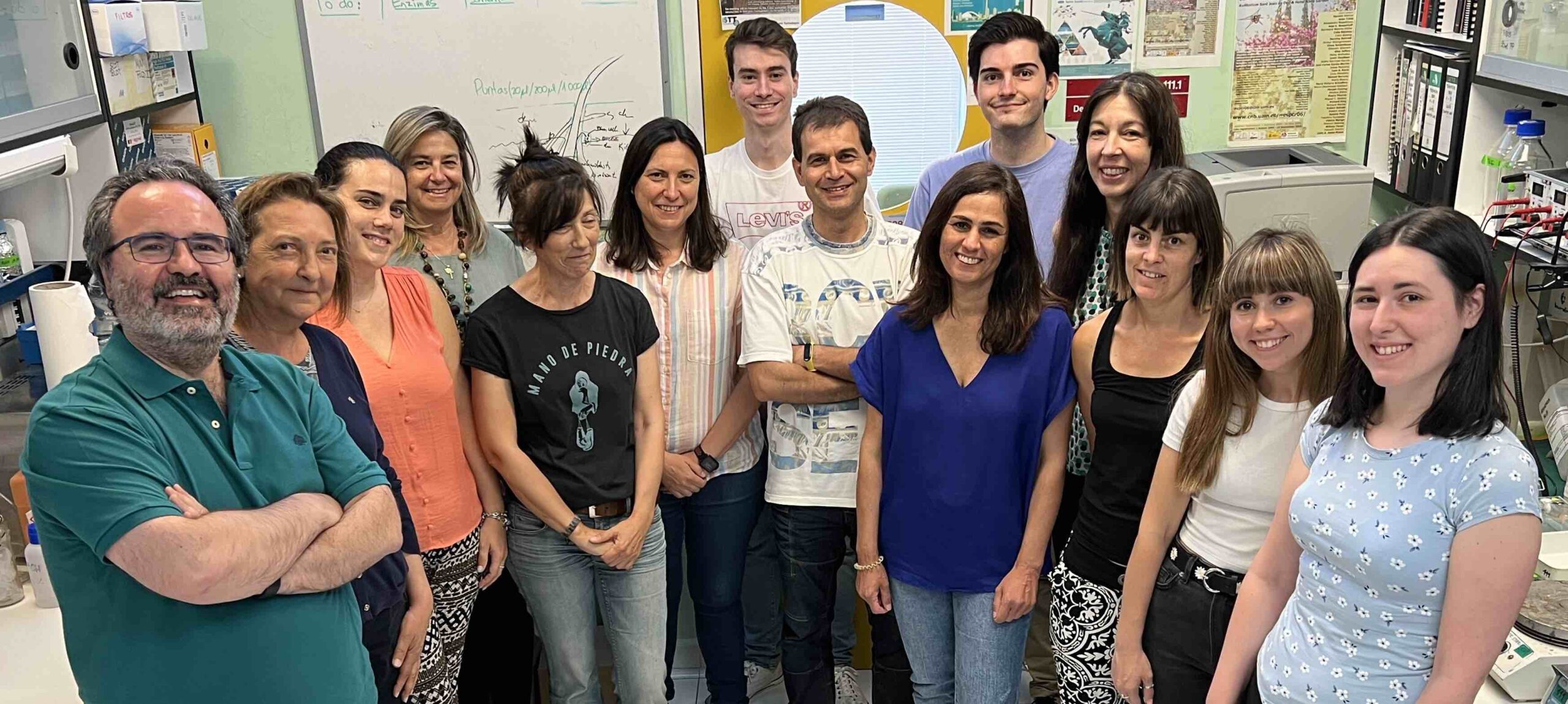Animal Models by Genetic Manipulation
RESEARCH GROUPS

Lluís Montoliu
Group Leader
Research Summary
In our laboratory, we are interested in understanding how mammalian expression domains work and how they are organised within genomes. In particular, we focus on the identification and characterisation of genomic boundaries or insulators. By studying insulator elements, we aim to contribute to understanding of the functional and structural organization of vertebrate genomes. Insulators can be used effectively in biotechnological applications, as spacers, as boundaries, in any gene expression construct to be used in gene transfer experiments. We are searching for new insulator sequences in vertebrate genomes, through initial bioinformatic analyses.
Research Lines
Our laboratory is interested in understanding the underlying pathological mechanisms of a group of human rare diseases known as albinism, a heterogeneous genetic condition associated with mutations in at least 22 genes, characterised by visual impairment, present in all types, and pigmentation alterations, not obvious for some cases. This work on human rare diseases is associated with our participation in the CIBERER-ISCIII.
Our laboratory has generated and analysed new animal models to study visual abnormalities and different anomalies affecting retina development that are associated with albinism. In collaboration with Angel Carracedo (USC) and Carmen Ayuso (FJD), we have devised, within the CIBERER-ISCIII, a project for the universal genetic diagnostic of all known mutations in albinism. We apply this knowledge in cooperation with ALBA, the Spanish association in support of people with albinism and have been able to genetically diagnose numerous Spanish families.
We are also interested in understanding the function of regulatory elements that are required to define gene expression domains in mammalian genomes. We have used the mouse tyrosinase locus (Tyr) as experimental model. This approach has allowed us to identify several key regulatory elements, such as genome boundaries or insulators, which protect the locus from surrounding genes and ensure the faithful gene expression pattern.
As a general strategy, we regularly use transgenic and genome-edited mice to introduce different type of gene constructs in order to investigate the relevance of specific DNA regulatory sequences. The functional analysis of regulatory elements found within the intergenic non-coding genomic sequences can now be addressed more efficiently thanks to the efficient genome editing CRISPR-Cas9 tools. In Spain, where we pioneered the application of CRISPR technology in mice, we have generated a series of genome-edited mice carrying patient-specific mutations that we are currently phenotyping and using to explore new therapies for albinism.

Summary of mouse Tyr transgenes and CRISPR genome-edited alleles generated (Seruggia et al. 2021, Pigment Cell Melanoma Res)
Publications
Group Members
Group Leader
Lluís Montoliu
Lab assistant
Marta Cantero
CIBERER Personnel
Project leader
Almudena Fernández
Lab assistant
Gema Garrido

Funding

News
La Red de Enfermedades Raras del CSIC organiza la I Jornada para asociaciones de personas afectadas por enfermedades raras
26 de febrero 2025 La actividad, organizada en colaboración con el Centro de Biología Molecular Severo Ochoa (CBM-CSIC-UAM) y el Centro Nacional de Biotecnología (CNB-CSIC) ha contado con la participación de diversas asociaciones de enfermedades raras estudiadas en...
La excelencia científica del Centro Nacional de Biotecnología se consolida con tres nuevos proyectos de innovación tecnológica
8 de enero 2025 Las iniciativas han recibido una dotación total de más de 3 millones de euros en el marco de la convocatoria de ayudas 2024 a proyectos de I+D de la Comunidad de Madrid. Dos de estas iniciativas están coordinadas por el Centro Nacional de Biotecnología...
Lluís Montoliu, galardonado con el Premio CSIC-Fundación BBVA de Comunicación Científica
30 de Abril 2024 La “activa labor de difusión” que ha llevado a cabo el biólogo Lluís Montoliu en múltiples plataformas y formatos multimedia así como la “trayectoria prolongada y sobresaliente” de Pere Estupinyà, director y presentador del programa ‘El...






